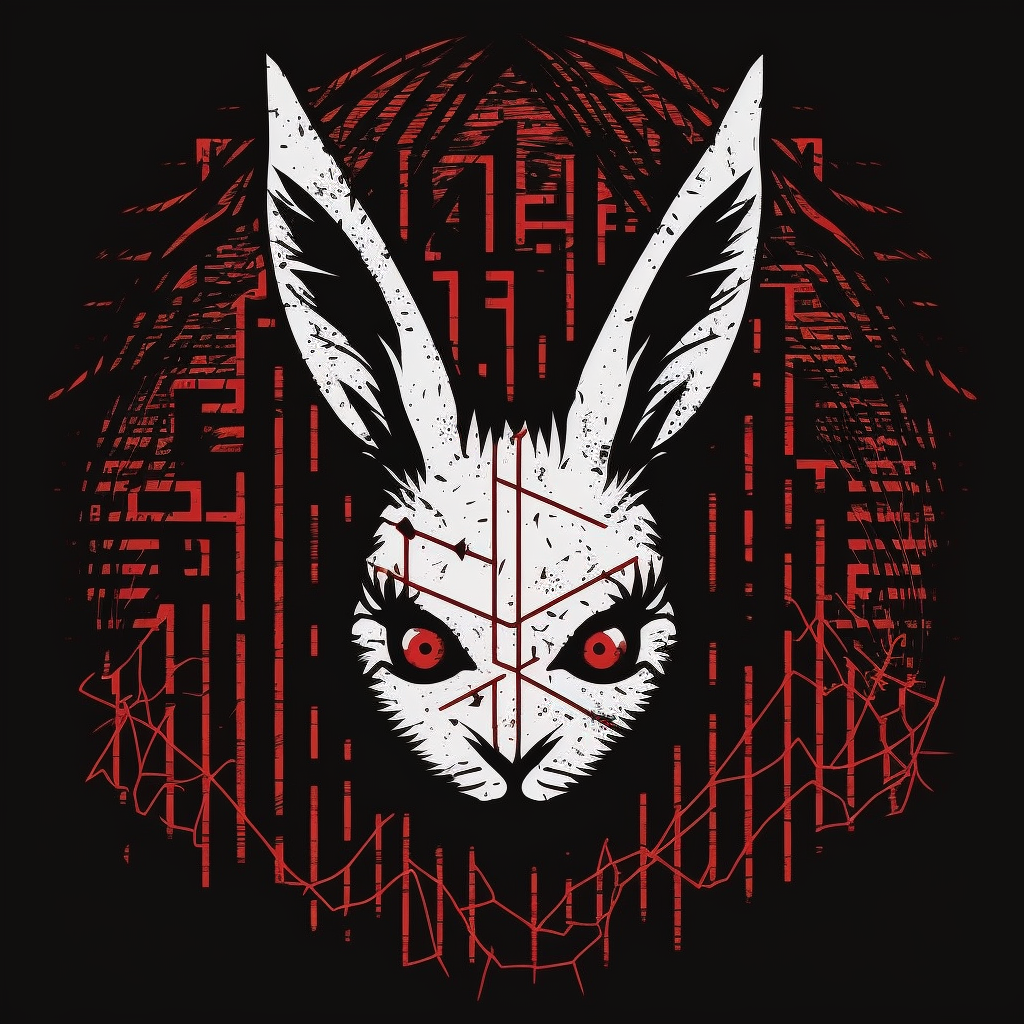Moving Forward: My GPYC Triumph and Digital Forensics

In cybersecurity, programming is often viewed through a curious lens—seen by some as an optional skill or reserved for software engineers rather than a core competency. Yet, as I recently discovered upon conquering the GPYC certification, understanding code is not merely an enhancement to one’s skill set; it's akin to acquiring a superpower in efficiency, data processing, and automation.
The GPYC Exam: Triumph
The GPYC exam was filled with anticipation and nerves, primarily due to its reputation within the SANS BACS program for having one of the highest failure rates. Whispers and stories of near-misses and narrow escapes in the SANS community Slack channels did little to ease the tension. Emerging on the other side, albeit with my lowest grade, was a mixture of relief and vindication—a testament to the challenge the certification posed.
The process was transformative. My proficiency in writing and reading code has improved tenfold, and I find myself more confident in my abilities. This newfound knowledge has refined how I interact with AI tools like ChatGPT, enabling me to ask more precise questions or tweak code snippets to be more Pythonic. It's crystal clear now—programming in cybersecurity isn't just beneficial; it’s a game-changer, empowering one to manipulate data and create tools that streamline tasks, thereby freeing up bandwidth for more critical analyses.
Forging a New Path: GCFE Begins
With the GPYC chapter behind me, I've embarked on a course that's been on my radar and piqued my curiosity: GCFE. Forensics has always intrigued me; this is the niche I aim to master. Initially drawn to the allure of red teaming and pentesting, my journey took a detour—inspired, by a pug— moving away from the red team and towards the blue team. This pivot led me to the Blue Team Level 1 certification, my introduction to Digital Forensics and Incident Response; this gave me that same feeling of getting root on a Try Hack Me box.
For me, the appeal of forensics lies in the thrill of the hunt—the meticulous gathering of clues and piecing together a digital narrative. A few hours into the GCFE course, I'm already deep-diving into new tools and methodologies, such as Kape and Arsenal Image Mounter (AIM). These early lessons have proven invaluable, offering insights into the file structures of virtual machines and enabling me to integrate course materials directly into my ProxMox server-based home lab.
Looking Ahead: The Digital Detective
Diving into the depths of the GCFE course, my commitment remains unwavering—to soak in every shred of wisdom this curriculum offers. I aim to carve out a niche within the specialized realm of digital forensics and incident response (DFIR). This path is not just a series of lessons; it’s a meticulously crafted journey towards mastery, brimming with hands-on labs and real-world applications that bridge theory with practice. Embarking on the GCFE course marks the beginning of a pivotal chapter in my educational journey, setting the stage for the advanced GCFA certification I plan to tackle next. This initial step is instrumental, preparing me meticulously for the complexities ahead and laying down the foundational stones of my future career in Digital Forensics.
